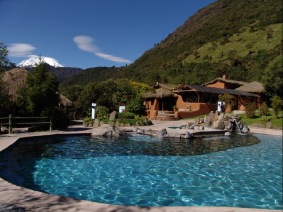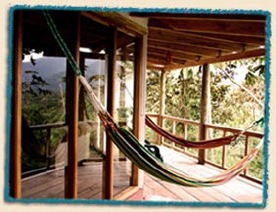What makes this trip special?
High paramo birding
Antisana & Papallacta
Subtropical & temperate montane forest
San Isidro
Cloud forest species, foothill specialities & Amazonian birds
Wildsumaco
Itinerary
-
- Day Overnight
-
1
Antisana
-
2
Papallacta
-
3
San Isidro
-
4
Wildsumaco
-
5
Wildsumaco
-
6
Wildsumaco
-
7
Quito
-
7
San Isidro
-
7
Papallacta
-
- For the detail of each day click the ‘Day-by-day’ tab above.
Day-by-day itinerary for 'Birds of the Northeast Andes'
Antisana / La Mica Lagoon to Papallacta
Papallacta Pass and Sucus Lake
Guacamayos, Wildsumaco, Loreto Road
Guide prices for 'Birds of the Northeast Andes'
| options |
based on |
all year |
low season |
mid season |
high season |
peak season |
other season |
| 4 night option (with regular driver) |
2 people sharing |
£3,000 |
|
|
|
|
|
| 4 night option (with bird guide) |
2 people sharing |
£3,500 |
|
|
|
|
|
| 6 night option (with regular driver) |
2 people sharing |
£4,000 |
|
|
|
|
|
| 6 night option (with bird guide) |
2 people sharing |
£4,500 |
|
|
|
|
|
Prices are per person and include:
- all travel in Ecuador
- all accommodation
- meals as indicated B=breakfast, L=lunch, D=dinner
Prices do not include:
- international flights
- travel insurance
- airport and departure taxes
- items of a personal nature such as drinks, tips, laundry, etc
- any optional excursions you may buy locally
Customer reviews for
'Birds of the Northeast Andes'
Recent reviews are shown here from holidays based on this initial design. In each case the itinerary may have been modified
(a little or a lot) to suit the individual traveller.
Average customer rating 100%
Seasonal information for 'Birds of the Northeast Andes'
Hotels for 'Birds of the Northeast Andes'
Days 1 - 2
Termas de Papallacta
Papallacta
Average rating 4.4 (39 ratings)
Situated high on the paramos (moors) 40 minutes drive east from Quito this is a delightful lodge with outdoor thermal pools and spa. It has a total of 32 rooms dotted about in its garden, including 13 cabins which also have living rooms and fireplaces. Accommodation is about 300m from the main block which houses the restaurant and spa. Guests have thermal pools, never more than a few footsteps from their room. Here on a clear night it is lovely to slip into the warm water after dinner and admire the moonlit snowcapped summit of distant Antisana volcano. All rooms have private bathrooms and there are self-guided hiking trails on the paramos behind the hotel where there are opportunites to see hummingbirds. There are also much larger thermal pools which are open to the public which are very popular at weekends when day-trippers visit from Quito. Room prices are higher at weekends when the lodge is busiest so aim to stay mid-week.

Thermal pools
Days 3 - 4
San Isidro Lodge
20 mins south of Baeza
Average rating 4.6 (14 ratings)
Birders and walkers lodge in the eastern foothills of the Andes at 2,000m above sea level in a zone still mostly blanketed by exensive humid forest. It has 10 wooden cabins all with private bathroom and small private porch with a private hummingbird feeder, coffee maker, sitting area. Thre is WIFI in the communal dining room, a pool table, white light for insect observation and a book exchange. It’s a great place for butterflies, birds (310 species) and other wildlife including large mammals. 30 species of hummingbird come to the feeders including Long-tailed Sylph and Gorgeted Woodstar. There is an Orchid garden with over 100 species around the cabins, Antpitta feeding station. The lodge's trails pass through habitats from 2,400m all the way down to 1,850m i.e. from the lower reaches of the temperate zone down into the subtropical zone.

Cabin